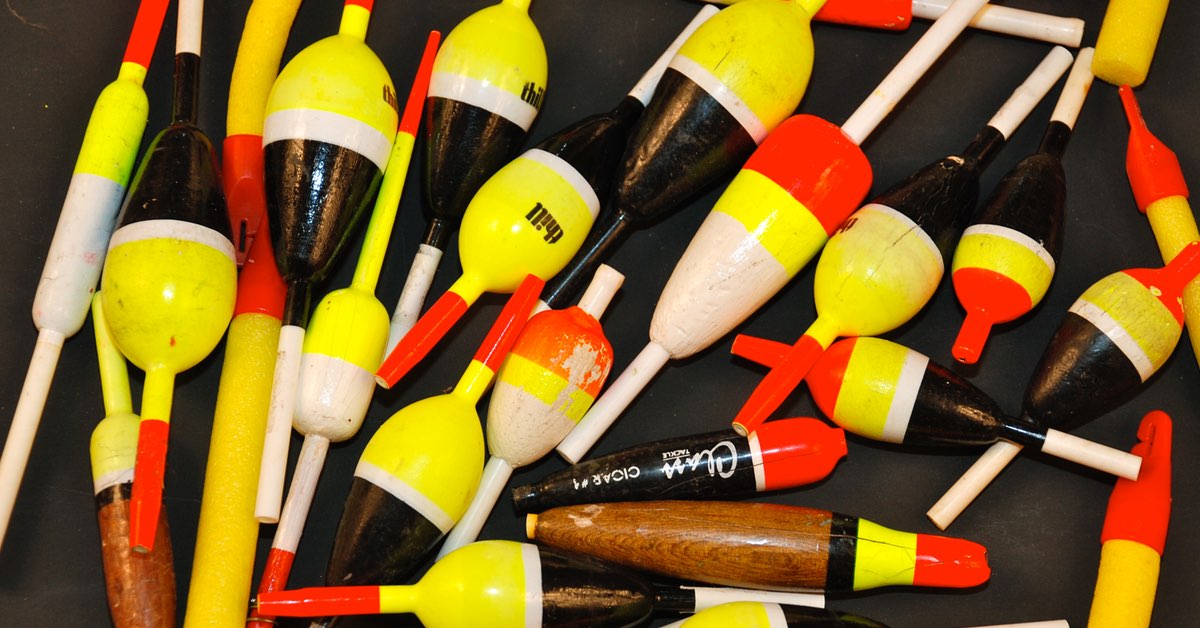Walleye Fishing – Slip Bobber Basics
It’s funny how some fishermen actually get somewhat embarrassed when they have to admit that they were fishing with bobbers … as if they were somehow cheating or using some tactic reserved only for young kids.
Considering the fact that this is a very common ice fishing method, I do not really see how anyone can really ignore the bobber when they pack the tackle box with the weapons they need to catch walleyes.
Every spring we do our first walleye fishing on a local lake that has a river outlet that flows a few hundred yards into another even larger lake.
In fact, we are usually there at 12:01 am on the fishing opener.
During the period of time after they are done spawning walleyes pour through that river channel at night and there are usually a few walleye fishermen there to meet them. And just about every one of those boats is anchored with two or three fishermen hanging on to a pole with a lighted bobber at the other end.
My favorite opening day memory is sitting at that river outlet with my son catching 12 walleyes in about an hour. All using bobbers with a leech.
Even during the heart of summer you can make good use of the bobber rig.
If walleyes are stacked up in an area and you can not get them to bite a jig or Lindy rig you can try the silent method.
Drop the anchor, hook up a bobber with you favorite bait and let it drift across the area you want to cover.
Bobber Basics
The bobber rig starts with the bobber stop.
If you buy the kit, you get either a rubber bobber stop or a string tied around a plastic tube.
Run your line through the tube … about 10 feet or so. Pull the string off the tube and tighten it on the line, trimming the extra string when you are done.
Feed the fishing line through a small bead and run the bead up to the bobber stop.
Then slide the fishing line through the bobber. The bead should keep the stop from pulling through the bobber … this is what keeps your depth constant and provides resistance when the fish takes the bait and pulls the bobber under water.
Attach your hook to the end of the fishing line and pinch a split-shot sinker about a foot or so above the hook. That’s pretty much it.
For night fishing you can use either a lighted bobber or a special glow stick that attaches to a basic slip-bobber.
When you get to your fishing location you simply determine your depth and adjust the bobber stop so that your bait is about 6 to 12 inches from the bottom.
If you are marking fish higher, adjust your bobber stop accordingly and wait for the action.
This is a great tactic to try when the fish are not responding to your best efforts with other methods.
It’s also very relaxing.
Just sit there in peaceful quiet and wait for the fish to take that bobber down. If it works … you can not ignore it!


